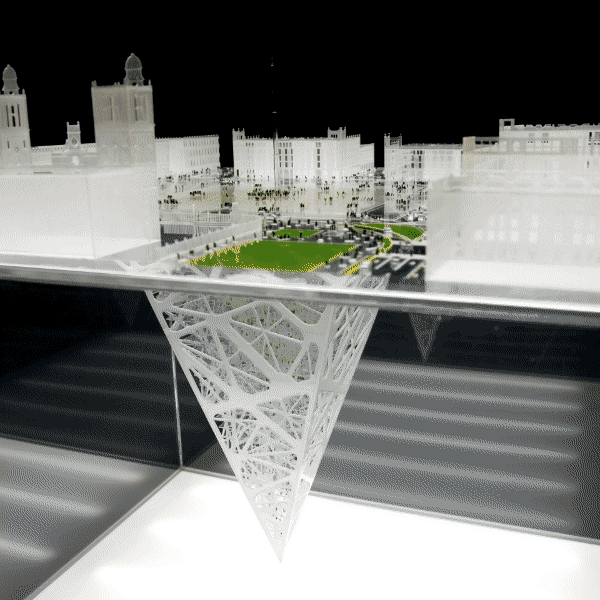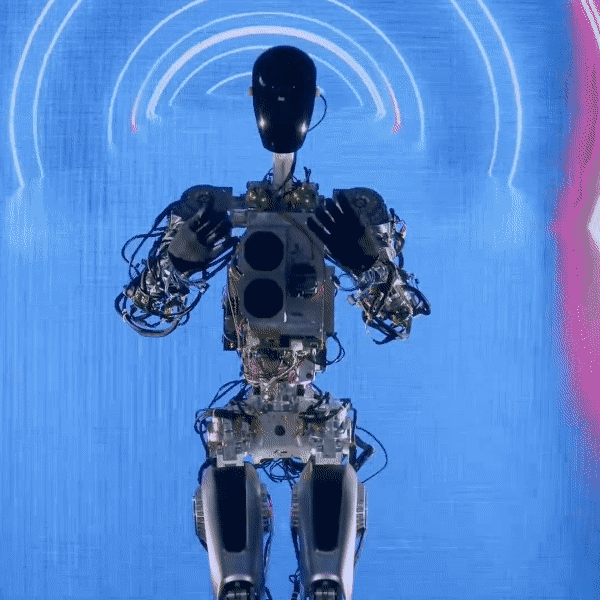By Charles Carter, 05/10/22
A team led by engineers from RIKEN research institute, Japan, have created a cyborg cockroach that can be remote-controlled and recharged through an solar film attached to its lower abdomen.
The machine-animal fusion could have applications in urban search and rescue, environmental monitoring, and inspection of dangerous areas.
How does it work?
The cockroach wears a 3D printed backpack on its upper body housing a wireless communication module, rechargeable battery and stimulation voltage circuits.
When a wireless signal is sent to the backpack, the voltage circuit is activated and two wires stimulate either the left or right side of the cockroach’s Cerci – appendages at the very rear of the animal – which make it turn left or right accordingly.
To render cyborg insects practical for a range of applications it’s important that they are able to move around normally while wearing the equipment and that their power source doesn’t run out.
So the engineers made the backpack out of a lightweight elastic polymer which conformed to the curves of the cockroach’s back, using a precise 3D model of the insect to create the perfect fit.
They also fabricated and attached an ultrathin organic solar film to its abdomen with strips of special adhesive which allowed it to flex with the insects movement.
The film is 0.004 mm thick and produces 17.2 mW of power, which is more than 50 times larger than the power output of current energy-harvesting devices on living insects, according to study lead Kenjiro Fukuda.
Another promising energy-harvesting technique not used in this project is to mount a biofuel cell that generates power from an insect’s body.
What are the potential benefits?
Lowering the weight and thickness, and boosting the flexibility and power density of cyborg insect components is essential for their practical use. And Fukuda and team have made inroads here.
In some scenarios, they could offer a cheaper and better performing alternative to conventional robots and drones used in remote inspection applications today – our cyborg cockroach would need a camera adding to its backpack though.
Expanding to all insects, sophisticated locomotion including the ability to walk up walls and fly, has already been developed through billions of years of evolution.
Piggybacking on those functionalities could cut down significantly on engineering costs!
Questions for you. Comment below
- First thought that comes into your head?
- Pros and cons according to you?
- Other applications of this approach?
- What could this be combined with?
Links
https://www.riken.jp/en/news_pubs/research_news/pr/2022/20220905_2/index.html
https://www.nature.com/articles/s41528-022-00207-2




Thanks for sharing. I read many of your blog posts, cool, your blog is very good.
Your point of view caught my eye and was very interesting. Thanks. I have a question for you.
I don’t think the title of your article matches the content lol. Just kidding, mainly because I had some doubts after reading the article. https://accounts.binance.com/ka-GE/register?ref=RQUR4BEO